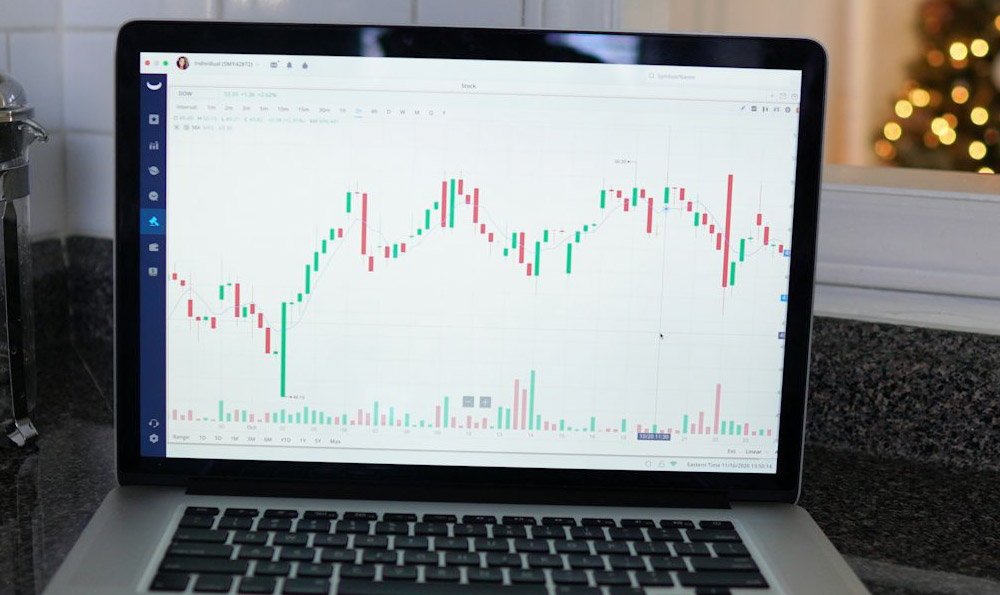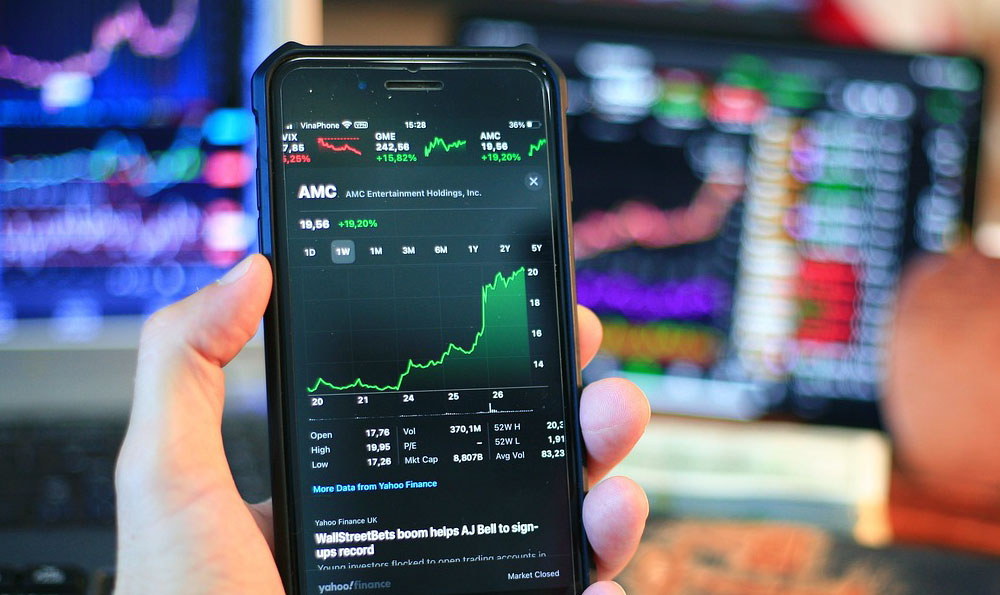how to start a youtube channel and monetize it
Starting a YouTube channel and monetizing it requires a careful balance of creativity, strategy, and consistency. Unlike traditional investments, this endeavor demands a deep understanding of audience psychology, platform algorithms, and financial planning to ensure long-term profitability. The journey begins with identifying a niche that aligns with your passions and expertise while also addressing market demand. A well-researched content strategy not only differentiates your channel but also builds a loyal viewer base, which is critical for monetization.
Content selection is the foundation of any successful YouTube project. Focus on a specific topic—whether it's tech reviews, fitness tutorials, or creative storytelling—so you can establish authority and cater to a targeted audience. However, it's equally important to analyze trends and competitor activity. Tools like TubeBuddy or VidIQ can help you gauge what's working in your niche, revealing high-performing keywords and content formats. Dive into topics that solve problems or provide value, such as upskilling guides or product comparisons, as these resonate most with viewers. A content calendar, organized with a mix of evergreen and timely videos, ensures steady upload frequency while adapting to seasonal interests.
Quality is non-negotiable in a competitive space like YouTube. Invest in professional equipment—such as a high-resolution microphone, good lighting, and a reliable camera—to elevate production value. Editing tools like DaVinci Resolve or Adobe Premiere Pro streamline post-production, allowing you to refine footage and add visual flair. However, content quality extends beyond visuals. A clear structure for each video, including engaging intros, informative middles, and compelling conclusions, keeps viewers hooked. Scripting or storyboarding can also reduce wasted time and improve message clarity. Consistency in posting, even if it means releasing shorter content more frequently, reinforces viewer loyalty.

Building an audience demands patience and data-driven efforts. Optimize video titles, descriptions, and tags with relevant keywords to improve search visibility. For example, a cooking channel might include terms like “easy healthy meals” or “budget-friendly recipes” to attract organic traffic. Thumbnail design plays a crucial role, as it’s often the first element viewers interact with. Tools like Canva or Photoshop enable you to create eye-catching thumbnails that reflect the video’s content. Engage with comments and respond to feedback to foster community interaction, and leverage YouTube’s community tab to encourage subscriber participation. Collaborations with other creators or cross-promotion on social media can accelerate growth.
Monetization through the YouTube Partner Program is the most straightforward method, but it comes with strict requirements. To qualify, channels must reach 1,000 subscribers and 4,000 watch hours in the past 12 months. Meet these thresholds by optimizing content for retention—keeping viewers engaged for longer durations to boost watch time. Use analytics tools like YouTube Studio to track performance metrics, identify which videos drive traffic, and refine your strategy accordingly. Once eligible, monetization begins with ads, which can generate revenue through CPM (cost per thousand impressions) rates. However, ads alone are insufficient for long-term sustainability.
Alternative revenue streams such as sponsorships, affiliate marketing, and merch sales diversify income and reduce reliance on ad revenue alone. Sponsorships require a growing audience and a consistent brand image, making them ideal for channels with 10,000+ subscribers. Partner with brands relevant to your niche, ensuring authenticity to maintain viewer trust. Affiliate marketing allows you to earn a percentage of sales, so promote products or services that align with your content. Merchandise, such as branded apparel or digital products, can further monetize your audience while reinforcing your brand identity.
Long-term success hinges on adaptability and financial discipline. Stay updated on YouTube’s algorithm changes, which prioritize engagement and watch time, and adjust your content strategy to align with these updates. Diversify your income sources to mitigate risks, such as ad revenue fluctuations or platform policy changes. Allocate a portion of profits to reinvest in content creation, equipment upgrades, or marketing efforts, ensuring sustainable growth. Avoid chasing quick fixes, like buying followers or spamming comments, which can damage credibility and lead to penalties.
Risk management in YouTube monetization involves balancing time, resources, and patience. Overinvesting in content without a clear return strategy can drain finances, while underestimating the time required to grow an audience may lead to frustration. Understand that high-quality content takes weeks or months to generate significant revenue, and prepare for the long haul by setting realistic expectations and financial plans.Monitor your channel’s performance regularly, and use A/B testing to refine video elements such as thumbnails, titles, and calls to action.
Avoiding pitfalls requires vigilance and a critical eye.Some creators fall into the trap of overproducing content without proper planning, leading to burnout or low-quality uploads. Others rely too heavily on ad revenue, neglecting to explore other income streams. It’s advisable to diversify your approach, combining sponsorships, affiliate marketing, and Super Chat donations for a stable revenue model.Be wary of unethical practices, such as manipulating click-through rates or violating YouTube’s content policies, which can result in demonetization or account suspension.
The path to monetization isn’t linear—it involves trial, error, and continuous improvement. Analyze each video’s performance, identify patterns, and adjust your strategy to maximize returns. For example, if a particular format or topic performs better, allocate more resources to it. Stay informed about industry trends, such as live streaming or Short Video monetization, and adapt accordingly.Finally, remember that YouTube is a long-term investment in your skills and audience trust, requiring dedication, patience, and a willingness to evolve. By combining strategic planning with financial discipline, you can transform your channel into a profitable venture while maintaining viewer engagement and credibility.














